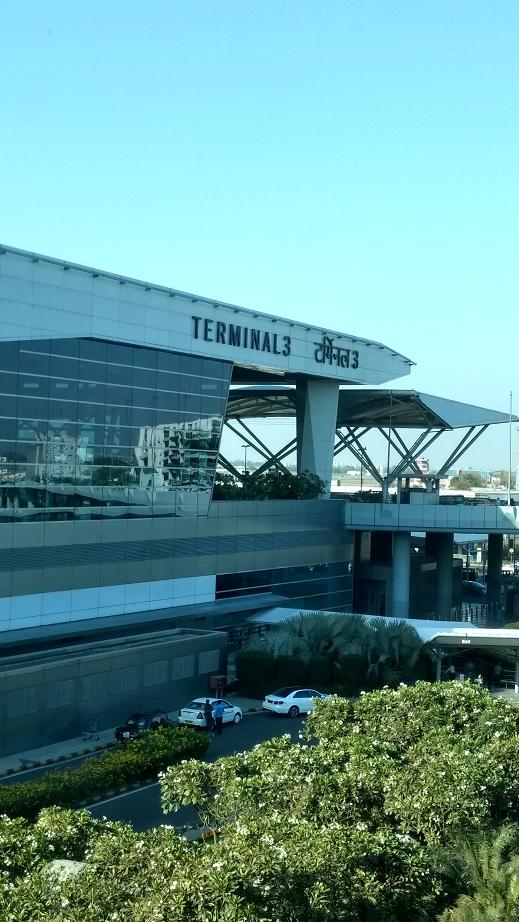
On Saturday, Economic Times carried a report which is based on the Consultation paper released by AERA (Airports Economic Regulatory Authority of India). The news article is a great summary of over 200 pages of paper, available on AERA website. As per the report, there are two major proposals. First, a UDF (User Development Fee) which is proposed to be levied as per Class of Travel and Second, a proposal to raise landing and parking charges during peak hours.
To look at the numbers and analyse its implications and practicality became my weekend project. Flight details have been sourced from Cirium – an aviation analytics company.
Class wise UDF
On a typical peak day of the week, Delhi Airport has nearly 1.3 lakh seats on offer.
As of now, 0.1% of seats departing from Delhi are First Class, 3.5% are Business Class, 2.6% are Premium Economy and 93.7% are Economy class seats. This includes both Domestic flights and International flights, across all scheduled airlines.
This means that the burden of increased charges will be distributed across classes with the First Class fares going up,
This puts some questions
UDF is collected at the time of ticketing by airlines and deposited later. Since currently it is the same for all classes, there is no impact. If every class has a different UDF,
- Will there be a remarkable difference in services to justify the staggered UDF?
- How do paid and unpaid upgrades get treated?
- Does the onus for paid upgrades fall on the airline? If so, this means additional changes for the airline in terms of record keeping
- UDF is different for domestic and international passengers. The class wise changes, if implemented internationally, will have an impact on all airlines operating to Delhi and not just domestic.
Lastly, UDF funds the development of the airport and as a passenger you may not be the beneficiary of this. Case in point of a passenger traveling via Terminal 2 at Delhi, the oldest and the most basic of the structures. While T3 is showing its age at time but gets continuous focus and T1 has undergone expansion and modernisation, T2 will be shut later this year for improvements. Today, a passenger traveling via either of the terminals pays the same UDF.
Should that change too?
Peak Hours classification
The current peak hour capacity is 86 ATMs (Air Traffic Movements) per year and that is further restricted as a maximum of 51 departures per hour and maximum of 42 arrivals per hour. With four runways, the airport balances the use based on time of the day, traffic, wind pattern among other things. The chart below shows how the scheduled traffic looks like. Delhi receives much more traffic than this due to many non-scheduled operators flying along with government and military traffic, which forms part of the total ATMs.

Prima facie it looks like there is capacity for a few hours of the day. While the latest NAC (Notice on Airport Capacity) is not available on Delhi Airport’s website, the ones which are publicly available for the previous seasons indicates that the airport is “Full” (marked by “X”) at most times of the day across the week, while on some occasions it is “Close to Full” (marked by “C”). However, what the chart does not show is the availability of bays, boarding gates or apron capacity. The chart does tell us that the airport is less busy at some hours in the night. However, it also coincides with the times when the aircraft are night parked at Delhi having fewer empty bays available.
- How frequently should peak hour definition change?
- Should it be mapped to the movements?
- What happens if suddenly there is a rise in ATMs on the non-peak hour side and then it becomes a peak hour?
- Will this lead to airlines with deep pockets capitalising on the best of the times to fly?
Tail Note
Any change that happens becomes a precedent and AERA, as an independent authority will have to think multiple times before agreeing to go ahead with such a proposal. Its repercussions will be far and wide across the country. Additionally, while Delhi (along with few other metros) has what it takes to service non- Economy class passengers by means of separate lines, lounges and other frills, not many airports have those.
Is it that Delhi Airport is working towards increasing the airside infrastructure and expecting more air traffic movements. It definitely would be looking at having more ATM’s which will then enable further leeway for peak and non-peak hours.
The result of this has the ability to change the landscape of how UDF will work from here on. Every option has its pros and cons, a collective analysis should guide the decision.
Found this article informative? Think of supporting Network Thoughts with Power of 10

Running this website incurs some cost, along with the data sourced for analytics. If you have liked this article, consider paying INR 10 via UPI. The site will continue to be free. This will help with the maintenance, upkeep and funding the research. You can also pay via Debit or Credit card by clicking on this link.
You can support Network Thoughts by ordering Network Thoughts baggage tags !
Follow NetworkThoughts on X (Formerly Twitter), Bsky, Facebook, Telegram and YouTube.







